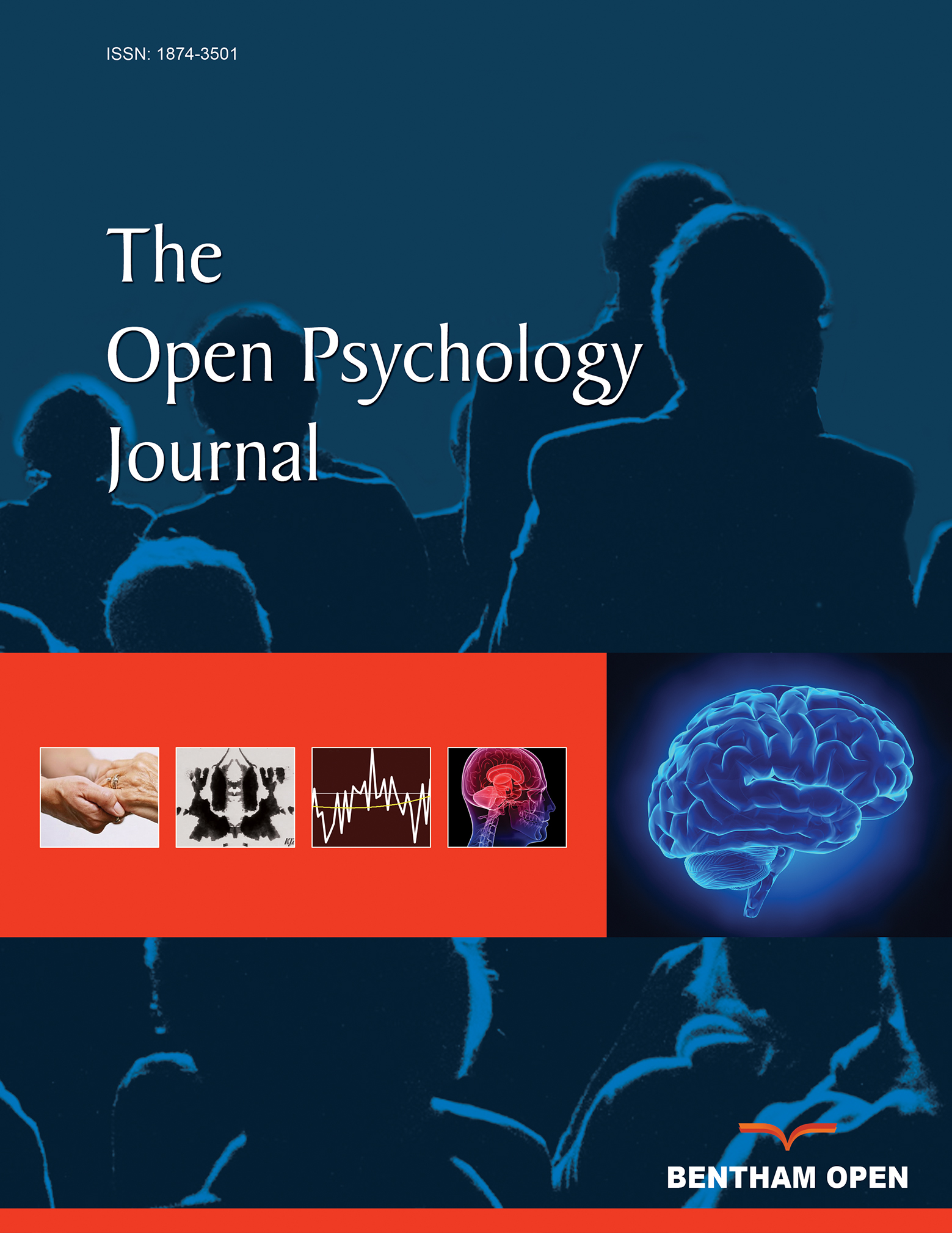All published articles of this journal are available on ScienceDirect.
Development and Validation of the Fatigue State Questionnaire: Preliminary Findings
Abstract
Study Objectives:
To develop and test an easy to administer, conceptually sound, self-report fatigue state questionnaire, the Fatigue State Questionnaire (FSQ).
Design:
A self-report study.
Setting:
Internet-based study.
Participants:
214 adults recruited via the Internet website, Mechanical Turk.
Interventions:
Not applicable
Measurements and Results:
The FSQ showed adequate internal consistency; Chronbach's alpha ranged from .73 to .82. Test-retest reliability after a ten-minute interval was also acceptable (r=.71). The FSQ had incremental validity over the (SSS) in predicting measures of participant health (r=-.25 vs. r=-.11, z=-2.30, p=<.05), sleep debt (r=.30 vs. r= .15, z=2.82, p<.01) and sleep changes (over or under sleeping by 90 minutes or more) on the night prior (r=.35 vs. r=.22, z=2.20, p<.05). FSQ scores were significantly higher in unhealthy participants compared to healthy participants and in participants with a sleep debt or a sleep change compared to participants with their ideal amount of sleep. FSQ scores were also significantly higher in participants taking the test during a circadian low with sleep debt or sleep changes than in participants taking the test during a circadian mid or high point with these sleep differences.
Conclusion:
The FSQ shows promise as a reliable, valid instrument for measuring the fatigue state. Future research should compare within-subject FSQ scores at multiple intervals across the circadian cycle to further assess validity.


